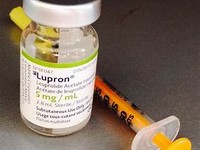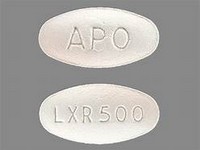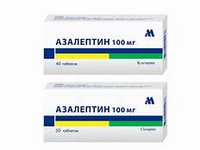rosuvastatin

CLINICAL USE
HMG CoA reductase inhibitor:HyperlipidaemiaDOSE IN NORMAL RENAL FUNCTION
5–40 mg daily Asians, people at increased risk of myopathy, and in combination with fibrates: 5–20 mg dailyPHARMACOKINETICS
DOSE IN RENAL IMPAIRMENT
GFR (mL/MIN)
20–60 5–20 mg dailyDOSE IN PATIENTS UNDERGOING RENAL REPLACEMENT THERAPIES
IMPORTANT DRUG INTERACTIONS
Potentially hazardous interactions with other drugsADMINISTRATION
Reconstition
–Route
OralRate of Administration
–Comments
–OTHER INFORMATION
In renal impairment, doses above 20 mg should not be used due to risk of myopathyDo not use doses greater than 20 mg in Asian patientsAlways start at a dose of 5 mg The 40 mg dose should only be used under specialist supervisionIncreased risk of proteinuria with doses above 40 mgCase studies from Glasgow have shown that statins in combination with fusidic acid have an increased risk of causing myopathy in diabetic patients.
See how to identify renal failure stages according to GFR calculation
See how to diagnose irreversible renal disease
Home








